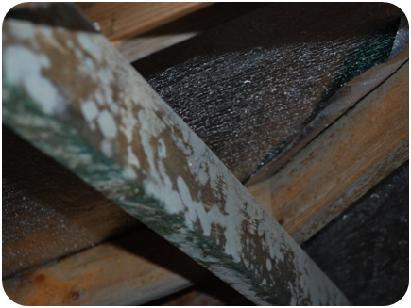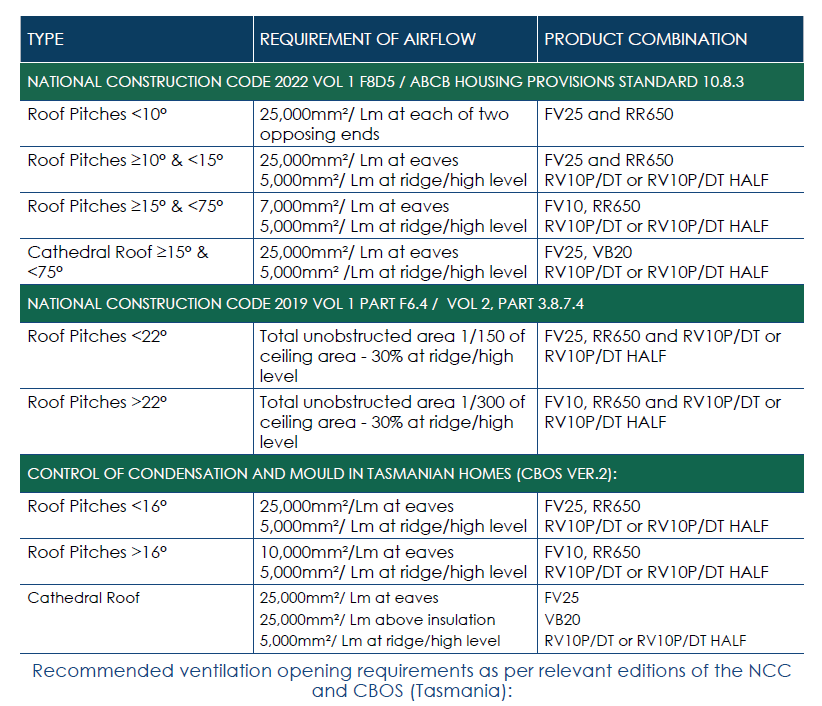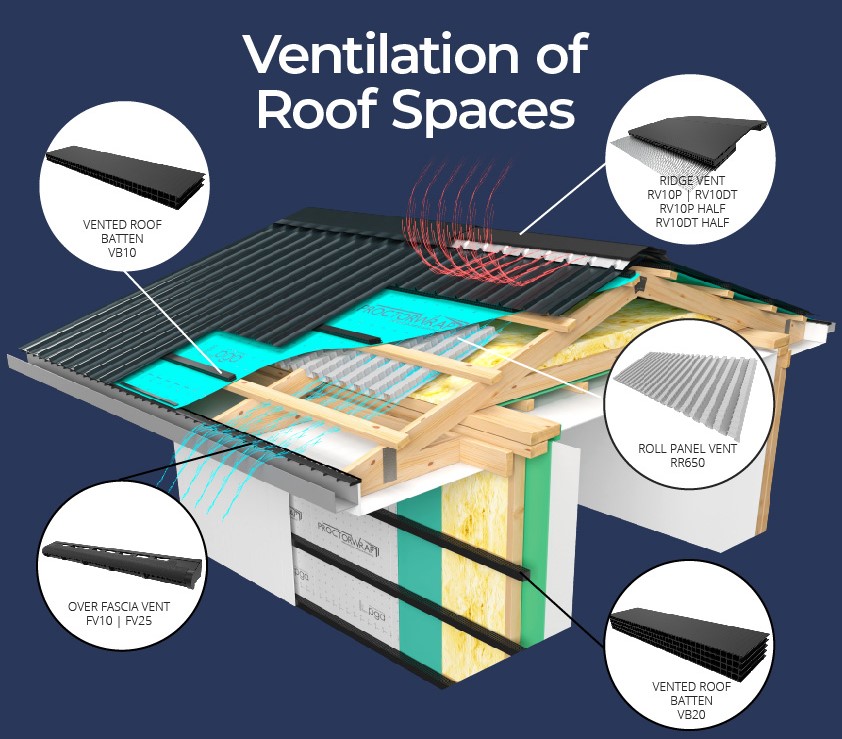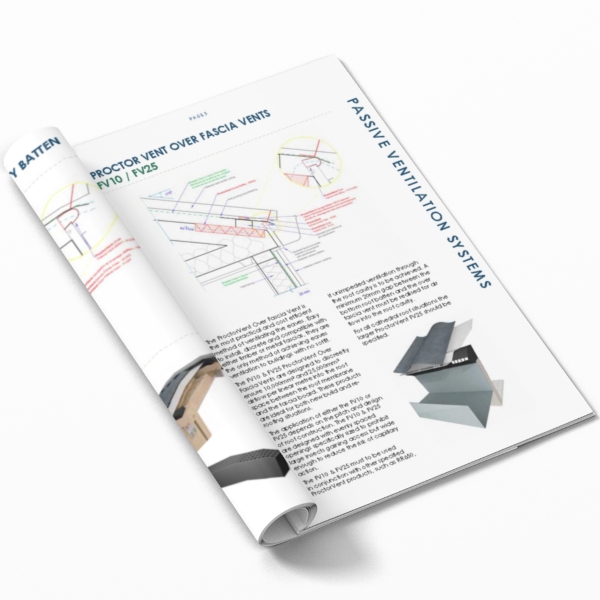Condensation Management & NCC 2022
Internal moisture and condensation in roof spaces have become increasingly prevalent issues throughout Australia. As the emphasis on air and weather tightness, insulation, and energy efficiency continues to grow, the incorporation of well-designed passive or natural ventilation systems in building design has become more crucial than ever.

What factors contribute to condensation in homes?
Understanding the sources of moisture is crucial for risk management. Factors such as occupancy behavior, temperature changes causing condensation, and the presence of moist building products all contribute to moisture buildup.
Mold growth poses significant health risks, with species like Cladosporium and Penicillium commonly found in roof cavities. These molds thrive in moist environments, potentially causing allergic reactions and infections, highlighting the importance of effective moisture control.
While these sources are often unavoidable, they can be effectively managed through proper ventilation strategies. Failing to address these issues increases the risk of problems such as toxic mold growth, structural decay, wet insulation, and the accumulation of excessive heat and moisture.
What is Passive Roof Ventilation?
In response to the need for more energy-efficient buildings, amendments to the Australian National Construction Code in 2019 and 2022 have focused on airtightness and condensation management.
Achieving continuous and unimpeded airflow through the roof cavity is essential for managing moisture effectively. Retrofitting passive ventilation solutions to existing buildings is possible, but it’s highly recommended to incorporate these strategies during the design phase of new construction projects. Passive ventilation harnesses natural forces like wind and thermal buoyancy to circulate air within indoor spaces or cavities within the building envelope. These systems play a critical role in regulating air temperature and humidity while introducing fresh air to replace stale, moist air.

ProctorVent offers passive ventilation solutions for non-habitable areas like roof and wall cavities, effectively managing moisture and mitigating associated risks.

How our ProctorVent range of products can help.
Incorporating a proven combination of ProctorVent products in roof and wall cavities enables effective moisture management, preventing the growth of toxic molds and structural decay, while also reducing the accumulation of excessive heat.
We offer a range of products tailored to different roof designs and pitches, ensuring adequate ventilation to mitigate moisture-related issues. From over fascia vents to ridge vents and eaves baffles, these solutions provide comprehensive passive ventilation to maintain a healthy indoor environment.
Compliance with building codes and standards, along with careful consideration of specific requirements for bushfire-prone areas, is essential when implementing passive ventilation systems. ProctorVent products adhere to these standards, offering reliable solutions for moisture management and ventilation in diverse building environments.

Leave A Comment
You must be logged in to post a comment.